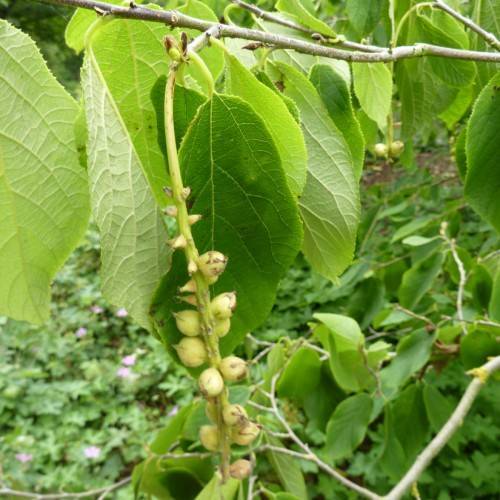
sinowilsonia
Sinowilsonia henryi
Cycle:
Perennial
Watering:
Average
Hardiness Zone:
7 - 10
Flowers:
Flowers In Spring
Sun:
Full sun,part shade
Growth Rate:
Low
Maintenance:
Moderate
Drought Tolerant:
Yes
Salt Tolerant:
Yes
Care Level:
Medium
watering
The Sinowilsonia henryi requires regular watering to stay healthy. Generally, it should be watered twice a week. Early mornings or late evenings are the best times to do so. Water the soil, making sure the top few inches of the soil are moist. Do not overwater as too much moisture in the soil can lead to root rot. During the winter season, watering should be reduced to once a week. If the area is especially dry, you may need to water the plant more often.
sunlight
Sunlight is an essential part of the growth of Sinowilsonia henryi, as it helps the plant to produce the energy it needs for photosynthesis. This species of plant enjoys exposure to moderate sunlight throughout the day. It is best to ensure your Sinowilsonia henryi plant is exposed to between 4-6 hours of bright, indirect sunlight each day. However, this should be avoided during the hottest part of the day when the exposure might be too strong. Additionally, keep in mind when the sun is highest in the sky, it is often the strongest. Instead, indirect, bright light is ideal.
pruning
Sinowilsonia henryi is a dwarf evergreen shrub native to China and very popular in bonsai. Pruning is an important part of the regular care for this plant species. Pruning should be done in spring or early summer. Prune less than 1/4 of the overall growth in order to maintain the plant's natural shaped and to minimize stress on the plant. When you prune, use sharp, sterilized shears or scissors to avoid damaging the branches. Avoid removing large amounts of foliage, as this can cause the plant to become stressed. Pruning should also be done with caution, as removing too much of the plant can damage it permanently. With careful pruning, the Sinowilsonia henryi can be kept healthy and looking its best.
